Telephone consultation
Get free trial
400-800-2077
Telephone consultation
Online customer service instant communication
Answers to your questions
Online Customer Service
WeChat consultation
Providing you with professional services

Add WeChat customer service
Convenient service
Zhenzhi solution experts will help you
Provide precise solutions
Professional consultation
 Home > News Center > Industry News > The Four-Stage Digital Value Methodology: Revitalizing IT Teams
Home > News Center > Industry News > The Four-Stage Digital Value Methodology: Revitalizing IT Teams As enterprises' digital transformation enters deeper waters, digital investment should be evidence of business growth - server expansion supports order peaks, system iteration optimizes user experience, and every investment should resonate with business growth.
Yet, many business leaders struggle with the following: despite significant investments in digitalization, they can't accurately measure the business growth they've driven. While the money spent supporting the business and the resources invested in optimizing the user experience are clearly tied to growth, the lack of clear value-added logic often results in investments that are "clearly spent, but unclear in terms of value."
The key to breaking this dilemma is finding a solution. Yan Qianyun of Zhenzhi Technology, a professional ITSM solutions provider, is making the connection between digital investment and business growth explicit—not just by tracking where investment goes, but also by clearly identifying its impact on growth, ultimately ensuring that every investment clearly demonstrates its value.
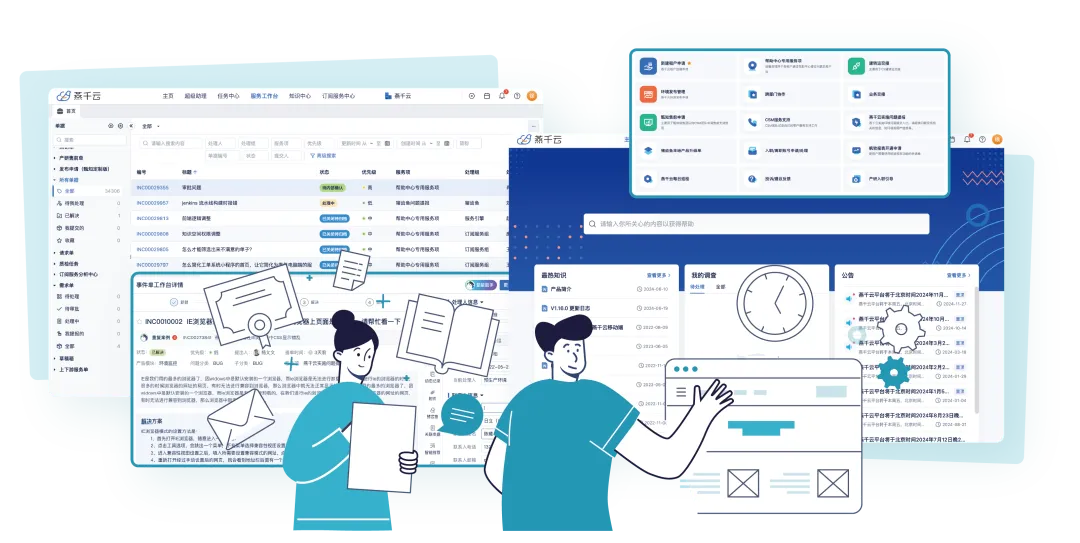
01 Four-stage methodology for digital value
Cracking the IT Value Decoding Challenge
● Service demand sorting and catalog building
Yan Qianyun ITSM first identifies the core needs of internal and external service recipients, covering general IT support, business system assurance, and emergency response, clarifying the triggering conditions and delivery standards for each requirement. Based on this, a structured service catalog is built. Through visual configuration, services are categorized by "service type - demand scenario - delivery standard," embedding essential information to create a traceable and traceable inventory.
With the help of the dynamic maintenance function of the service catalog, quick adjustments can be made when new business scenarios are added or requirements change, clarifying the service boundaries and processing objects for the second-level standardized process framework. The scenario classification and delivery standards it defines will directly support the scenario adaptation of subsequent process templates.
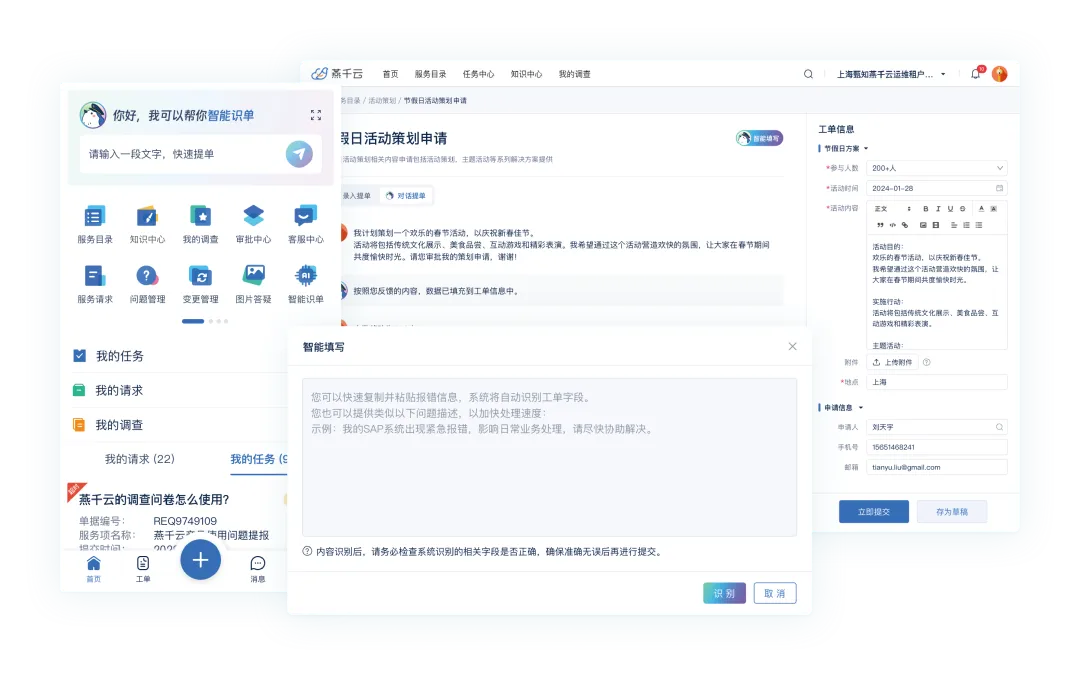
● Standardized framework construction: defining process templates
Yanqianyun ITSM has established comprehensive, standardized process templates for different service requests and incidents. For routine service requests, automated processes are implemented to reduce manual intervention and improve processing efficiency. A standardized SLA-based response mechanism is also established to ensure that critical issues are addressed promptly.
By converting core processes into configurable nodes and automatically matching processors, we can ensure the standardization of processes while being able to flexibly respond to the complexity of different scenarios.
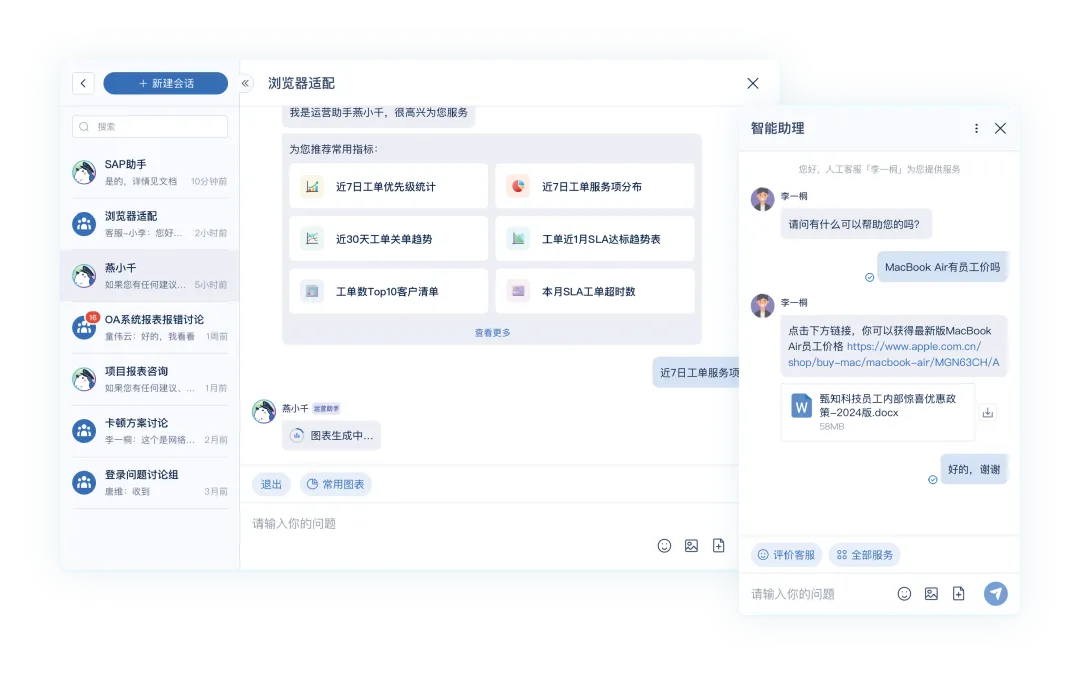
● Data penetration: Establish a service quality inspection system
Based on core indicators such as "process compliance rate, node time fluctuation rate, and SLA achievement rate," Yan Qianyun ITSM has built a process evaluation model and service quality inspection system. By connecting the service catalog, process nodes, and processing data, it achieves full-link data penetration from indicators to operations:
Low process compliance rates can be directly traced back to the execution details of specific nodes;
Abnormal fluctuations in node time consumption can be located to corresponding positions, personnel, and scenarios;
Deviations in SLA achievement rates can be traced back to issues with incident classification, response mechanisms, and resource matching.
At the same time, the system presents quality inspection results in real time using a visual dashboard, automatically generates correlation analysis reports, and triggers early warnings for indicators that exceed standards, forming a quality inspection closed loop of "discovering anomalies - locating root causes - assigning responsibilities to individuals." This not only provides a basis for quantitative evaluation, but also points the way for process optimization and personnel improvement.
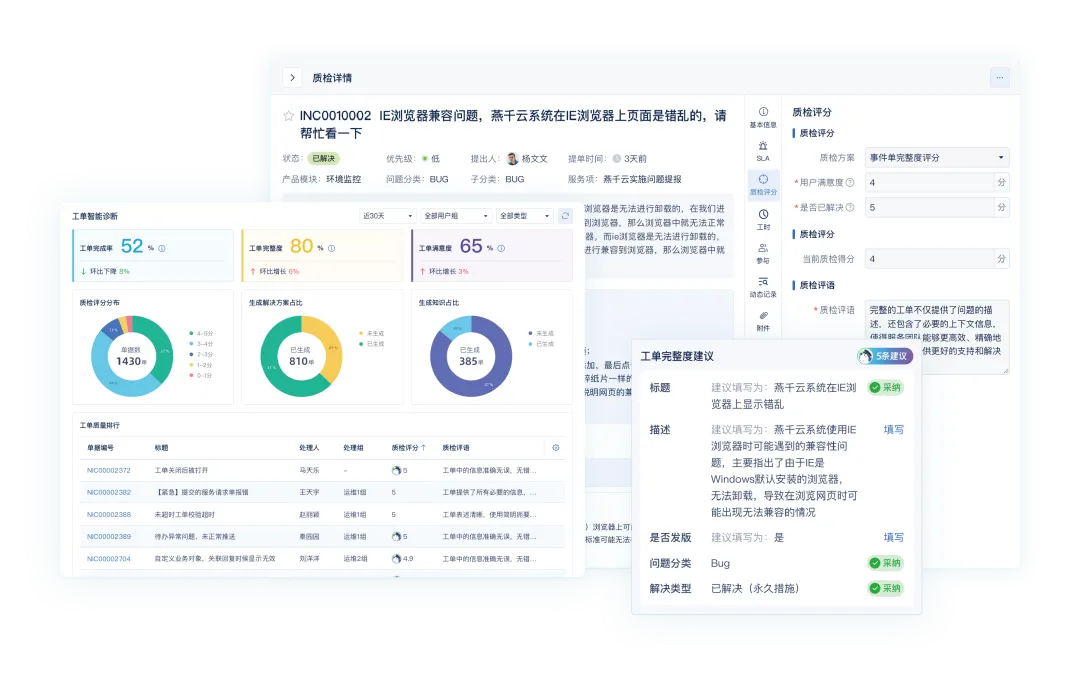
● Continuous optimization: dynamic iteration based on intelligent knowledge
Yanqianyun ITSM continuously optimizes the quality of enterprise knowledge through knowledge operations driven by large language models. It helps enterprises identify knowledge gaps, build knowledge relationships, and transform them into practical applications, promoting scenarios such as intelligent assistants and operations and maintenance, and facilitating efficient services and innovation.
Through continuous intelligent feedback and dynamic iteration, we continuously optimize IT service processes and always maintain efficient operations.
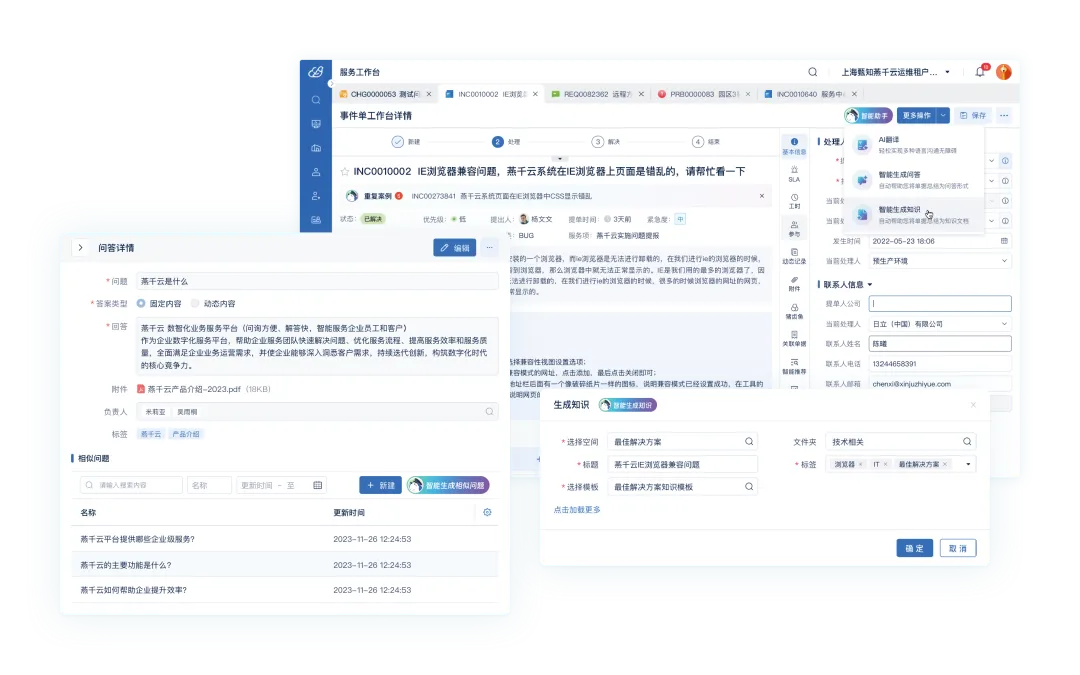
02 Dual-platform collaborative management
Yan Qianyun ITSM focuses on the full-process management of IT services, achieving end-to-end management from event acceptance to service optimization.
The Tuskfish R&D project management platform bridges the gap between R&D and operations. Through DevOps toolchain integration, full lifecycle visualization, and performance data analysis, it provides full traceability from requirements collection to code deployment, from troubleshooting to experience accumulation. The platform supports CI/CD pipeline automation and test case management, deeply integrating R&D and IT service processes to address disconnects caused by the disconnect between R&D and operations data.
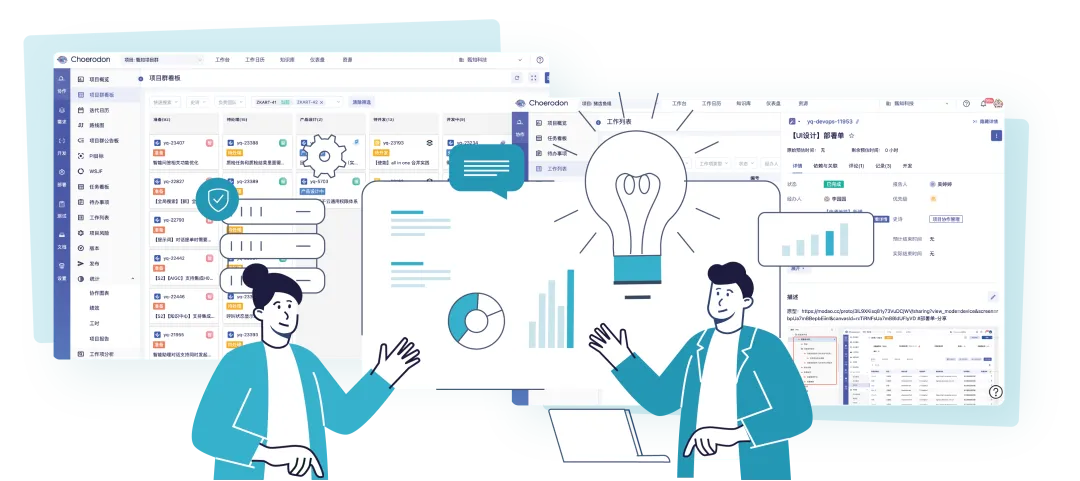
The two work together to form a complete closed loop of "visualization-standardization-dataization-intelligence", further enabling enterprises to carry out refined management.
